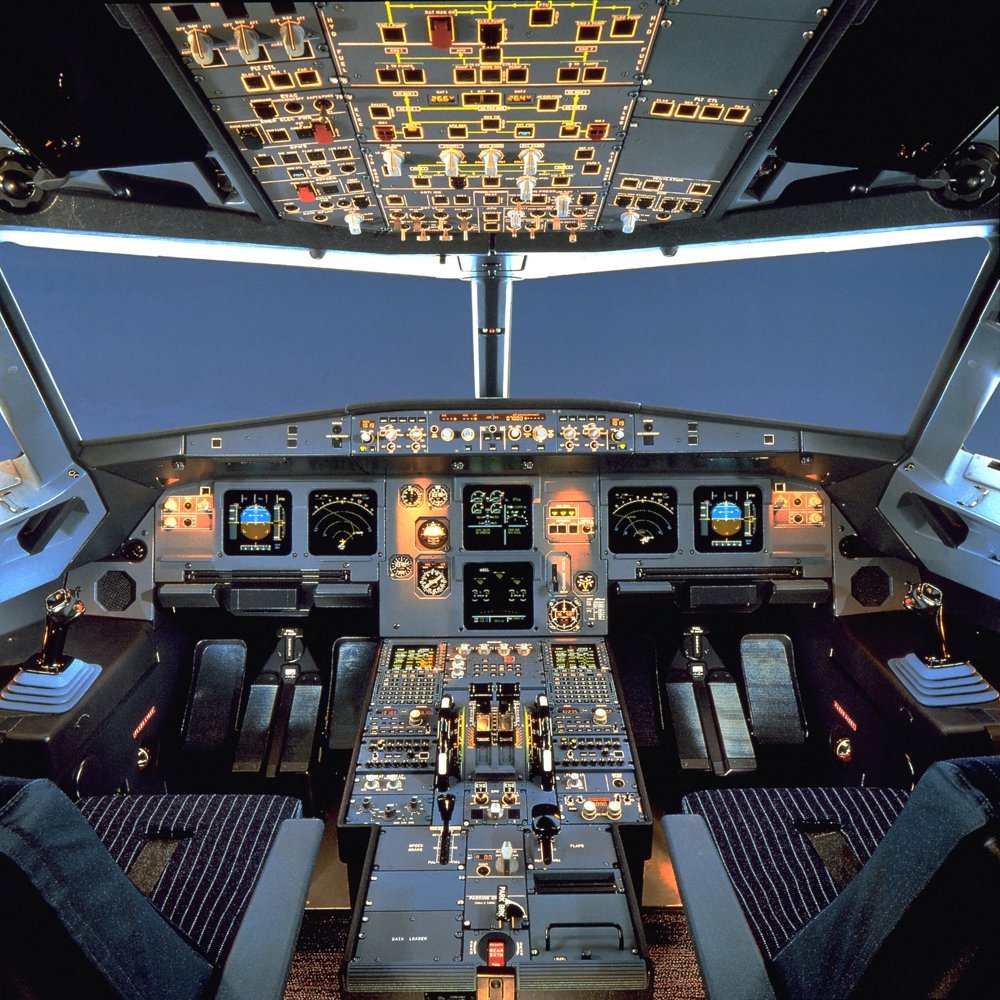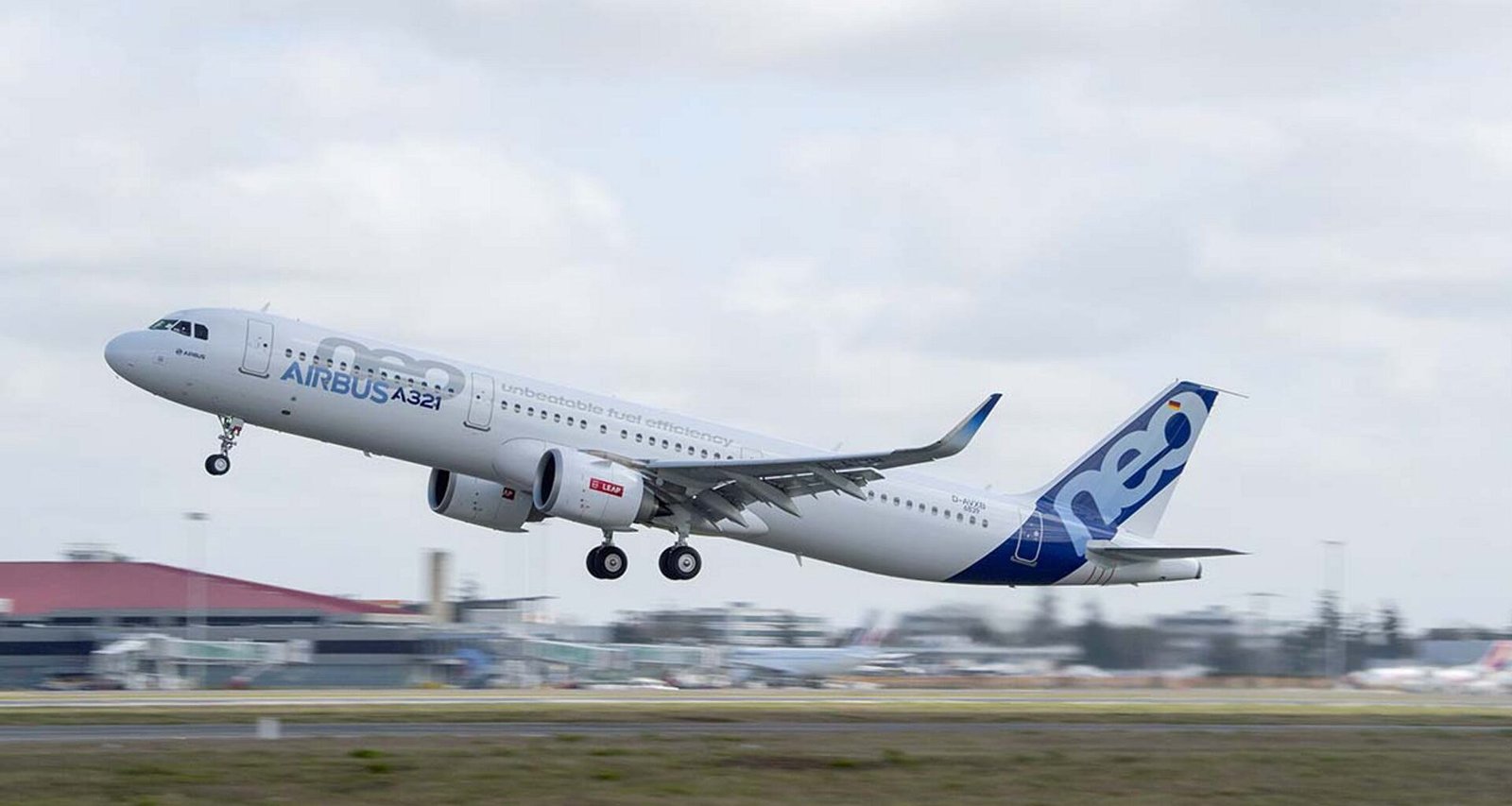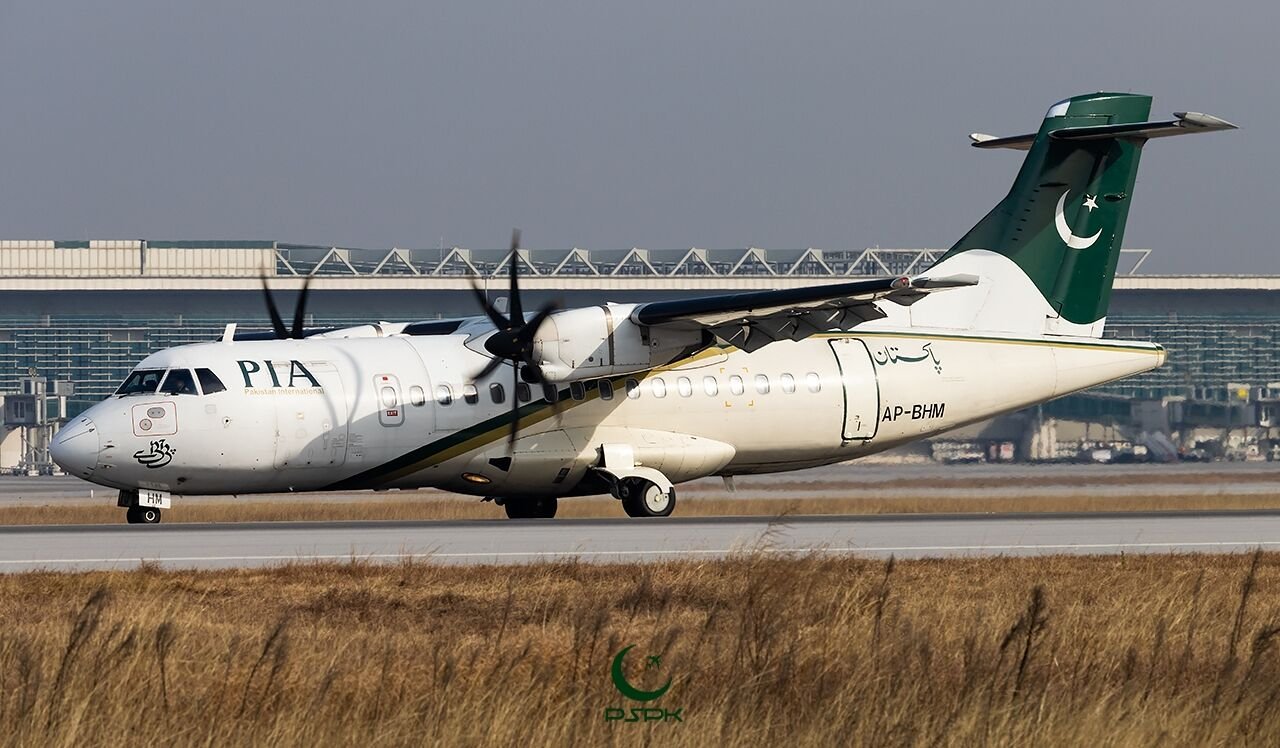Brief Intro
Whenever the word A320 is coined, the first and foremost thing a true aviationist would associate with this aircraft is the state-of-the-art’ Fly by Wire’ technology. A concept that revolutionized the aviation industry. But, it will be too early to embark on this interesting historic journey before learning the origin of this aircraft. Conceptually, A320 is a family of four different types of variants with different sizes. They include the A318, A319, A320, and A321.
Read more:- A320 Family
The Origin
Airbus always had the vision to bring a family of aircraft to cater to all the sectors of the aviation industry. It meant the presence of Airbus everywhere. With different projects in hand at the company, there was a split of thoughts among the working groups at Airbus. As a natural sequence of models, A320 was due to come after the launch of the A300 and A310. But, there were internal voices who were insisting on bringing a bigger long haul aircraft like the A330/A340 to the aviation market.
The A330/340 or the A320?
The market dynamics however, witnessed a change. In view of those dynamics, there was need for a smaller medium range single aisle aircraft that could easily facilitate 130 -170 passengers. There were more airports and venues for short haul flights. The A320 was the Answer!

What was new with the A320?
Interestingly, Airbus had worked on electrical signaling processes in its previous designs of A300 and A310. Those processes involved components that used to send electrical signals to the secondary flight surfaces of the aircraft with the movement of a control stick in the cockpit. With the introduction of this technology, the conventional aircraft flight controls consisting of rods, pulleys, cables, and bell cranks were reduced to spares. They were no more needed. These conventional flight controls were replaced with a bunch of electric wires running from the cockpit to the secondary flight controls. Wing flaps, leading-edge devices, spoilers, and trim systems constitute the secondary control system and improve the performance characteristics of the airplane or relieve the pilot of excessive control forces.

Read more :- Airbus Commercial Aircraft Divison
Fly by Wire Technology
The A320 was designed to step in the market with this new state-of-the-art technology known as the Fly by Wire System. For a simpler understanding, the system is about control of the aircraft flying control surfaces through an onboard flight computer. With the electrical signal devices in place in the earlier designs, the new technology could enable pilots to fly the aircraft with a simple joystick like the ones used in modern computer games at home. This new aircraft was now being flown with the input of the pilot to the flight computer. The Flight Computer was controlling the deflection of flying control surfaces on the wings and tail. This was a huge jump in terms of technology, fuel efficiency in terms of weight reduction, and above all, training of the aircrew.

Reasons to Choose A320 Over A330/340
Keeping in view the market needs, A320 was a better option instead of launching the A330/340. Secondly, the fly by wire system was a significant technology jump. It was therefore, considerably easier and less risky to enter the field with a smaller aircraft than with a big, long-range aircraft. Correcting a mistake is much cheaper, and the accumulation of experience is faster with a smaller, short-range aircraft which makes many more flights and is used in larger numbers than the long-range. The Airbus team exploited these opportunities, and made move for the smaller A320 jetliner.

Making the Move
Airbus was fully optimistic about this new venture in the market. During an airshow at Paris in June, 1981, Air France declared to buy 25 new A320 from Airbus for its commercial fleet. Not only this, but it also showed an inclination of procuring 25 additional aircraft after the first procurement. This was a huge booster for Airbus. The aircraft did not make it officially to the market until March, 1984. Finally, when the A320 launch day finally arrived, Airbus was able to announce an impressive portfolio of more than 80 firm orders from five launch customers. British Caledonian, then Britain’s second largest airline and later taken over by British Airways, ordered seven A320s and joined the A320 fraternity of Air France, Air Inter, Cyprus Airways and Inex Adria of then Yugoslavia.

The Baptism of A320
The launch of A320 was nothing less than royal. The aircraft was officially baptised in a glittering ceremony, under the auspicious presence of the Prince and Princess of Wales – Charles and Diana. The official rollout of A320 took place in February 1987, at Toulouse, France featuring lasers, dry ice, champagne, and royalty. It was a grand entry. Including Prime Minister Jacques Chirac was special guests, and 1,400 people attended this glorious historic event. On the global level, there was a huge worldwide publicity. The aircraft was a success. Over the years, the A320 and its family members have proven their worth in the global aviation market. The A320 Family has recorded spectacular sales success in all these years, and became the best-selling jetliner aircraft family ever.

The journey still continues.



